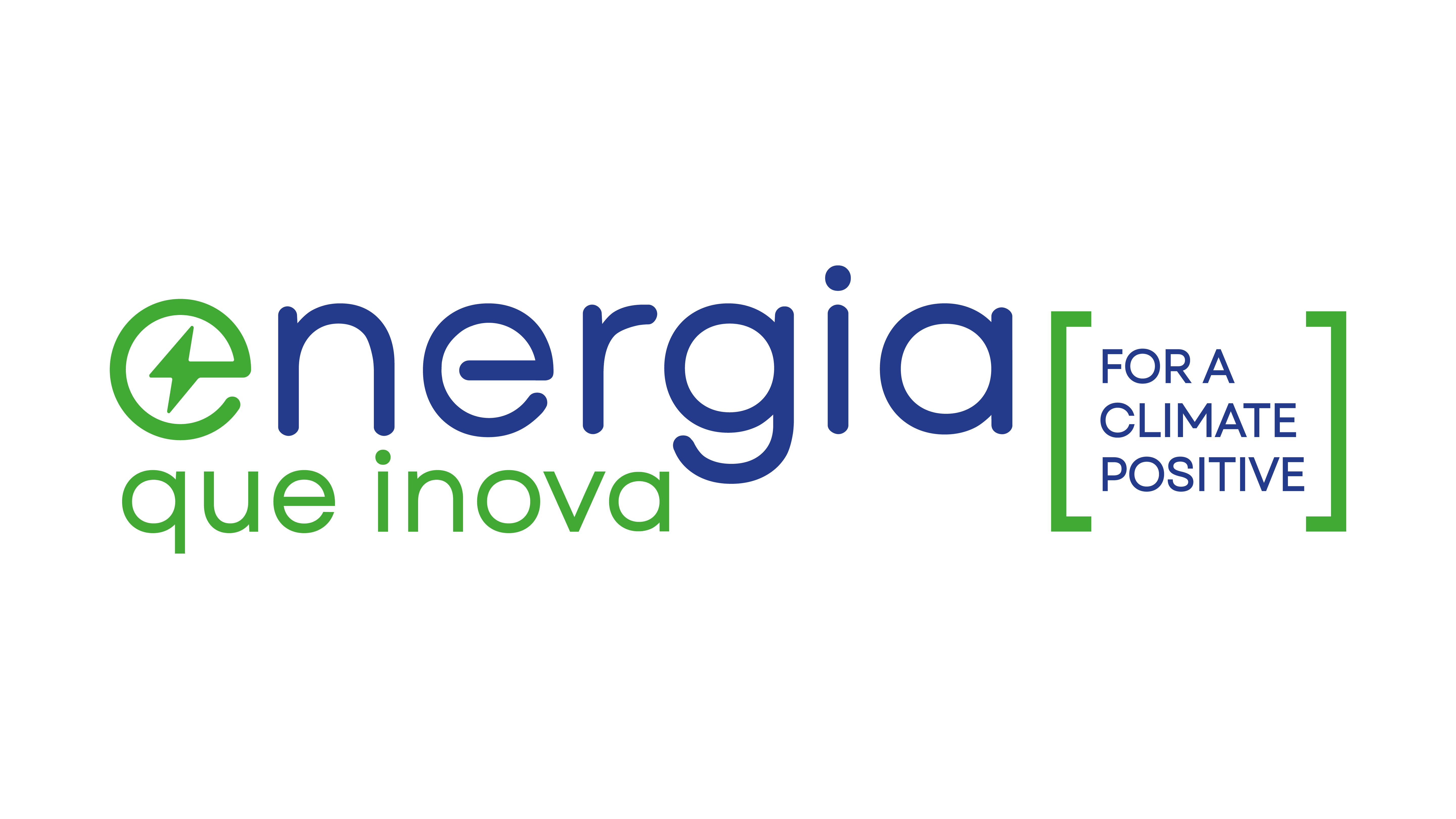The Greenhouse Gas Protocol (GHG Protocol) is one of the most important initiatives on the global stage for reducing greenhouse gas (GHG) emissions by companies and governments. Through the GHG Protocol, it is possible to measure and manage GHG emissions in all sectors, in addition to establishing emission reduction targets that contribute to the mitigation of climate change.
The GHG Protocol divides GHG emissions into three scopes, with Scopes 1 and 2 being the most relevant for companies. Scope 1 includes direct GHG emissions, which are generated by sources that belong to the company itself, such as the burning of fuel in equipment and vehicles. Scope 2 includes indirect GHG emissions, which are generated by electricity purchased by the third-party company.
Scope 1 – Direct Emissions of Greenhouse Gases
Scope 1 emissions include direct GHG emissions from sources owned or controlled by the company, such as emissions from the burning of fossil fuels in boilers, generators and company fleet vehicles. Measuring and recording these emissions is important so that the company has a clear understanding of its impact on the environment.
The Scope 1 GHG emissions inventory must include all relevant emission sources, as well as the quantity and type of fuel used in each source. This will allow the company to determine which emission source is the most significant and where changes can be made to reduce emissions.
To reduce Scope 1 emissions, the company can adopt several strategies, such as replacing fossil fuels with renewable energy sources, implementing energy efficiency technologies and reducing the use of internal combustion vehicles.
Scope 2 – Indirect Emissions of Greenhouse Gases
Scope 2 emissions include indirect GHG emissions from electricity, steam, heating or cooling purchased by the company from third parties. These emissions are generated during the production of electricity and other energy services that the company consumes.
Measuring and recording Scope 2 emissions is important for a company to have a clear understanding of the emissions generated by its supply chain. The Scope 2 GHG emissions inventory must include the amount of electricity, steam, heating or cooling purchased by the company, as well as the specific emission factor for each energy source.
To reduce Scope 2 emissions, the company can adopt several strategies, such as increasing the energy efficiency of its facilities, opting for renewable energy sources and encouraging its suppliers to adopt sustainable practices.
GHG Emission Mitigation Plan
To reduce Scope 1 and Scope 2 GHG emissions, companies can develop a GHG Emissions Mitigation Plan. This plan must include a detailed analysis of the company's GHG emissions, establishing clear and measurable emissions reduction targets, as well as an action plan to achieve them.
The GHG Emissions Mitigation Plan may include strategies such as:
Adoption of energy efficiency technologies: more efficient equipment can reduce energy consumption and, consequently, GHG emissions. For example, installing LED lighting systems can significantly reduce energy consumption in buildings.
Adoption of renewable energy sources: Replacing fossil energy sources with renewable sources such as solar, wind and hydroelectric power can significantly reduce a company's GHG emissions.
Reducing the use of internal combustion transportation: The adoption of electric vehicles or the creation of carpooling programs can reduce the use of internal combustion vehicles and, consequently, GHG emissions.
Waste reduction: reducing material and food waste can reduce GHG emissions, in addition to generating savings for the company.
The implementation of these strategies must be accompanied by a monitoring and evaluation system to ensure that emission reduction targets are achieved. The GHG Protocol offers detailed guidance on how to develop an effective GHG Emissions Mitigation Plan.
The GHG Protocol is an important tool for companies that want to measure, manage and reduce their GHG emissions. The division of emissions into Scope 1 and Scope 2 allows companies to identify the most relevant sources of emissions and develop specific strategies to reduce them. Developing an effective GHG Emissions Mitigation Plan can help companies achieve their emissions reduction goals and contribute to climate change mitigation.
















